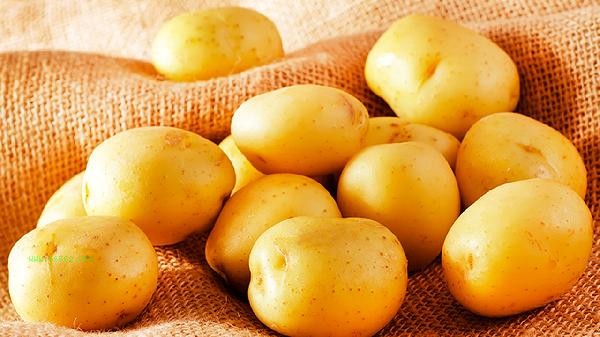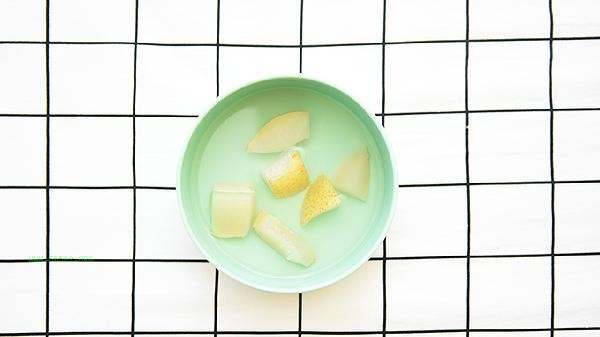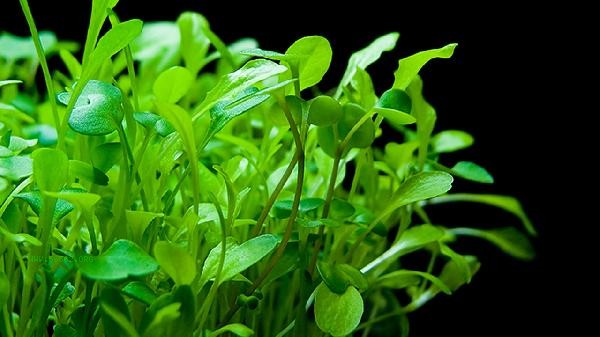Vegetables should be stored in the middle and lower drawers or freshness boxes of the refrigerator, with a temperature controlled at around 4 ℃. The storage location of different vegetables mainly depends on their moisture content, respiratory intensity, and sensitivity to low temperatures.

1. Storage in high humidity areas
Leafy vegetables such as spinach, rapeseed, etc. should be placed in high humidity preservation boxes or wrapped in wet wipes and placed in the refrigerator drawer. This type of vegetable evaporates quickly, and high humidity environments can delay wilting, but it is necessary to avoid water accumulation that can cause decay. Stem vegetables such as broccoli and celery are also suitable for this method, and do not need to be cleaned before storage. Keeping the roots can extend the shelf life.
2. Storage in Medium Humidity Zone
Solanaceous fruits such as tomatoes and cucumbers are suitable for being placed in the middle partition of the refrigerator, away from cold sources and blown directly. Tomatoes can be stored at room temperature when they are not fully ripe, and refrigeration after ripening can slow down softening. Cucumbers need to be wrapped in plastic wrap around their stems and placed separately from fruits that release a large amount of ethylene to prevent sagging of the skin.
III. Storage in low humidity areas
Roots and roots such as carrots and potatoes should be stored in breathable bags or paper bags and placed at the bottom of the refrigerator. If potatoes are refrigerated for a long time, they are prone to glycation reactions. For short-term storage, it is recommended to use black plastic bags to avoid light. Onions, garlic, etc. need to be kept dry and ventilated, and can be hung in a mesh bag on the side door storage compartment of the refrigerator.

4. Special treatment area
Mushrooms should be packaged in kraft paper bags and refrigerated to avoid mold growth caused by plastic bag sealing. Beans, asparagus, etc. can be placed upright in a container and soaked in water to preserve their roots. Cold storage with corn husks can lock in sweetness, so it should be consumed as soon as possible after removing the husks.
Fifth, Prohibited Storage Area
Tropical fruits such as bananas and mangoes should not be refrigerated, as low temperatures can cause frostbite and browning. Pumpkin, sweet potatoes and other tubers are better stored in a cool and shady place at room temperature. Low temperature in the refrigerator can promote starch decomposition and affect the taste. After cutting open, the seeds and flesh of the melons need to be removed, and the cut surface should be sealed with plastic wrap and refrigerated.

Proper storage of vegetables requires adjusting the position and packaging method according to the type. Leaf vegetables are recommended to be consumed within 3 days, while root vegetables can be stored for 1-2 weeks. Remove the rotten parts before refrigeration but retain the protective outer leaves, and regularly clean the condensed water to prevent cross contamination. Some storage tolerant vegetables can be blanched and frozen to extend their shelf life, but water-soluble nutrients such as vitamin C may be lost. For vegetables that are directly consumed raw, it is recommended to use specialized preservation boxes and store them in layers with other raw meat to ensure food safety.








Comments (0)
Leave a Comment
No comments yet
Be the first to share your thoughts!